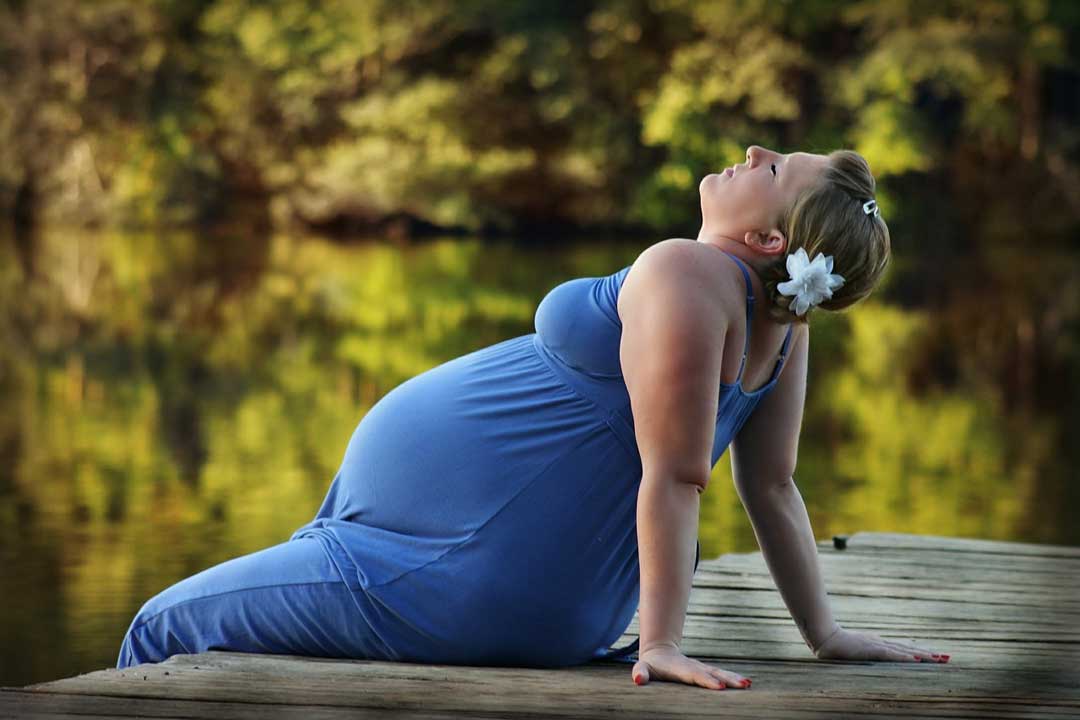Childbirth is a physiological process during which the fetus, fetal membranes and placenta are expelled from the uterus. A normal birth is considered any birth that occurs naturally, quickly and without consequences for the child and the mother. Childbirth is divided into three stages.
The first phase of labor is divided into the latent phase, which begins with the beginning of regular contractions and lasts until the cervix opens by 2-3 cm, and the active phase, which begins with accelerated opening of the cervix and lasts from 2-3 cm to the full opening of 10 cm.
The second stage of labor begins when the cervix is fully dilated and retracted. During this period, the baby’s head begins to emerge and the entrance to the vagina expands. The top of the head comes out first, then the forehead and face. Then the shoulders appear, which due to pressure and contractions turn in the pelvis of the longitudinal diameter of the pelvis. Because of this, the child’s head turns 90°, and the face turns towards the mother’s thigh. The shoulders are thrown out to prevent injuries to the child, vagina and perineum.
The third stage of labor involves the contraction of muscles and blood vessels, which prevents excessive bleeding. The placenta is also expelled during this stage if it has not already been expelled at the end of the second stage after the baby is born. Labor usually lasts about 6 hours for first-time mothers and shorter for women who have already given birth. (Source: “Emergencies on time and correctly” – 135 pages)



0 Comments